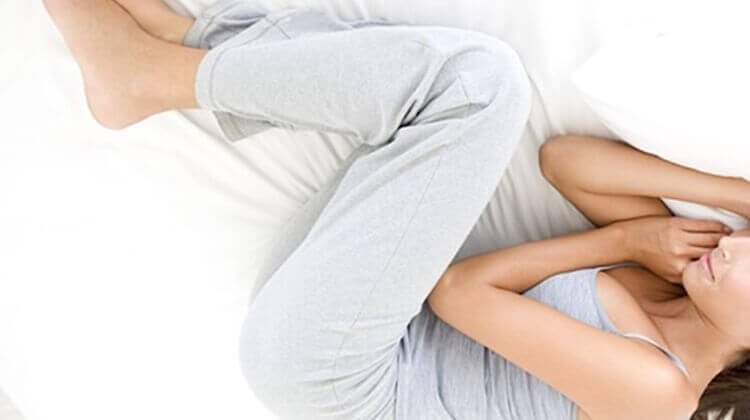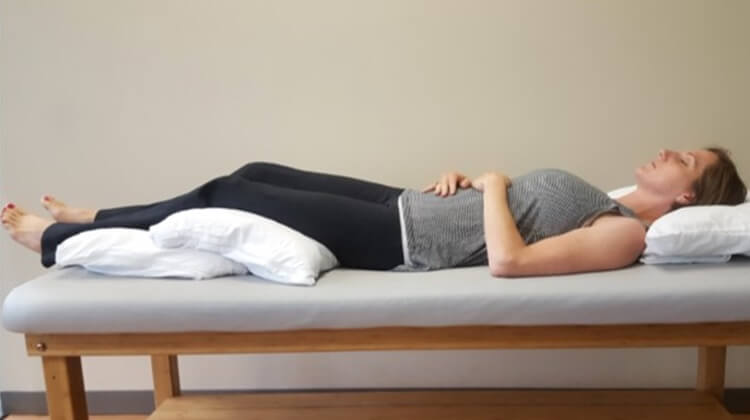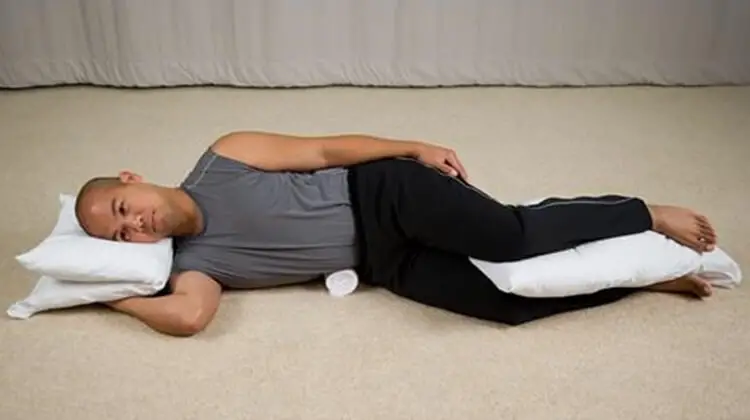Herniated disc patients often have so many questions in mind. How to sleep with a herniated disc? What is the best-herniated disc sleeping position? What should you not do with a herniated disc?
Sleeping is a major concern of people with a herniated disc. We all know the importance of sleep in our daily lives. However, people with a herniated spine need to be extra cautious when it comes to sleeping and anything that puts stress on the back.
So we understand that finding the right position to sleep in a herniated disc is challenging. But don’t worry we’ve got your back!
From the best bed and the best mattress for herniated discs to the cervical pillows, we’ll discuss everything in detail.
Let’s dig in!
How to Sleep With a Herniated Disc
So how to sleep with a herniated disc?
Note: Before we proceed, make pillows your ultimate best friends. Why? Well, you will find that out in a while.
Besides, whatever position you choose, make sure your position remains the same when you wake up. If at any hour during the night you find yourself in a different sleeping position, come back to the original chosen position.
Different Ways to Sleep With A Herniated Disc
Following are the different ways to sleep with a herniated disc and the things you can use for assistance.
- An adjustable bed is the best option to sleep in for herniated disc patients. It helps you keep your back slightly elevated, relieving the pressure from your back.
- A reclining chair is indeed the best option to sleep with a herniated disc. It is great for lower back herniation and provides you with massaging and extra care for back pain.
Even though the reclining chair is the best choice for people with a herniated disc, it can get uncomfortable at times because after all, it’s still a chair.
- A herniated disc heating pad has pain-relieving properties. Plus, these infra-red heating pads provide maximum circulation in the affected area helping you heal sooner.
- Moreover, a cervical pillow for a herniated disc in the neck is the ultimate solution to all your cervical herniation-related problems. The pillow makes the sleeping experience with herniation less painful and gives you a solid good night’s sleep.
- The best mattress for a herniated disc is the one that is neither too firm nor too soft either.
- If you are thinking about sleeping on the floor with a herniated disc, know that you can’t do it without wearing a brace and the extra support of a mattress and pillows.
Plus, sleeping on the floor is only possible in the acute phase of a herniated disc. Once the pain starts aggravating, you might want to switch to other options of sleeping described above.
Now that we know what we want for sleeping, let’s discuss the best sleeping positions for a herniated disc.
Best Sleeping Positions for Herniated Disc
So, herniated disc sleeping position varies from person to person. This means the sleeping position that you find comfortable, might not be the same for another patient.
Note: Always choose your comfort!
Following are the three best sleeping positions for a herniated disc.
Fetal Position

As the name suggests, it’s like the position of a fetus or baby inside the womb of the mother.
First, lie down on the bed and then curl your back with elbows almost touching the knees.
Flexion itself is good for the herniated spine. This is because flexion relieves the pressure from compressed vertebrae helping in soothing pain and other associated symptoms.
Sleeping On the Back

Though sounds contradicting but sleeping on the back is very helpful in decompressing the herniated spine.
However, remember to use the best pillows for herniated discs and place them under the knees. This will slightly flex the lower back relieving the herniated disc symptoms.
Note: If you sleep without any supporting pillows, it might worsen your spinal condition.
First, lie down with a straight back. Then slightly flex your knees to place a pillow underneath.
This position equally distributes the weight throughout the body rather than putting the whole weight on the spine.
Sleeping On the Side

Sleeping on the side is one of the best positions to sleep with a herniated disc. Again, don’t forget the pillows!
After lying down, curve the back and move towards the site you feel comfortable in. Then place the pillow between both knees. You can choose more than one pillow if that’s what your condition requires.
Remember, your comfort is your priority!
This position helps you to align the spine well with the rest of the body, keeping the hips, pelvis, and spine in order.
So, that’s all you need to know about how to sleep with a herniated disc. Now let’s highlight what not to do with a herniated disc.
What should you not do with a herniated disc?
Now that you know how to sleep with a herniated disc, you should also be aware of how not to sleep with herniated disc and other things to avoid.
One of the worst positions to sleep with a herniated disc is sleeping on the stomach. This is because sleeping on the stomach puts pressure on the spine rather than relieving it.
Following are a few other things to avoid with a herniated disc;
- Heavy lifting
- Running, jogging, and hiking
- Hyper extending the back
- Playing contact sports
FAQs
A herniated disc can get worse if left untreated. It’s always good to exercise, walk, and know-how to sleep with a herniated disc.
These are the herniated disc natural cures. If even after home therapy for back pain there is no improvement, consult a senior doctor.
The thoracic disc is uncommon than the cervical and lumbar disc. However, the sleeping positions remain the same for thoracic herniated discs as well, that is, positions that slightly flex your back and de-stress the compressed spine.
Conclusion
If you properly follow these herniated disc sleeping positions, you will feel much better in the morning. However, consult your doctor first before you opt for any of these positions.
Hopefully, we were successful in clearing all your concerns about how to sleep with a herniated disc. If you are still feeling pain or feel like the pain is getting worse, we recommend you see a doctor before wasting time.
Recommended Posts
Safe Exercises for A Bulging Disc – What Do the Physicians Suggest?
Numbness in the Middle of the Back – Should You Be Worried?
